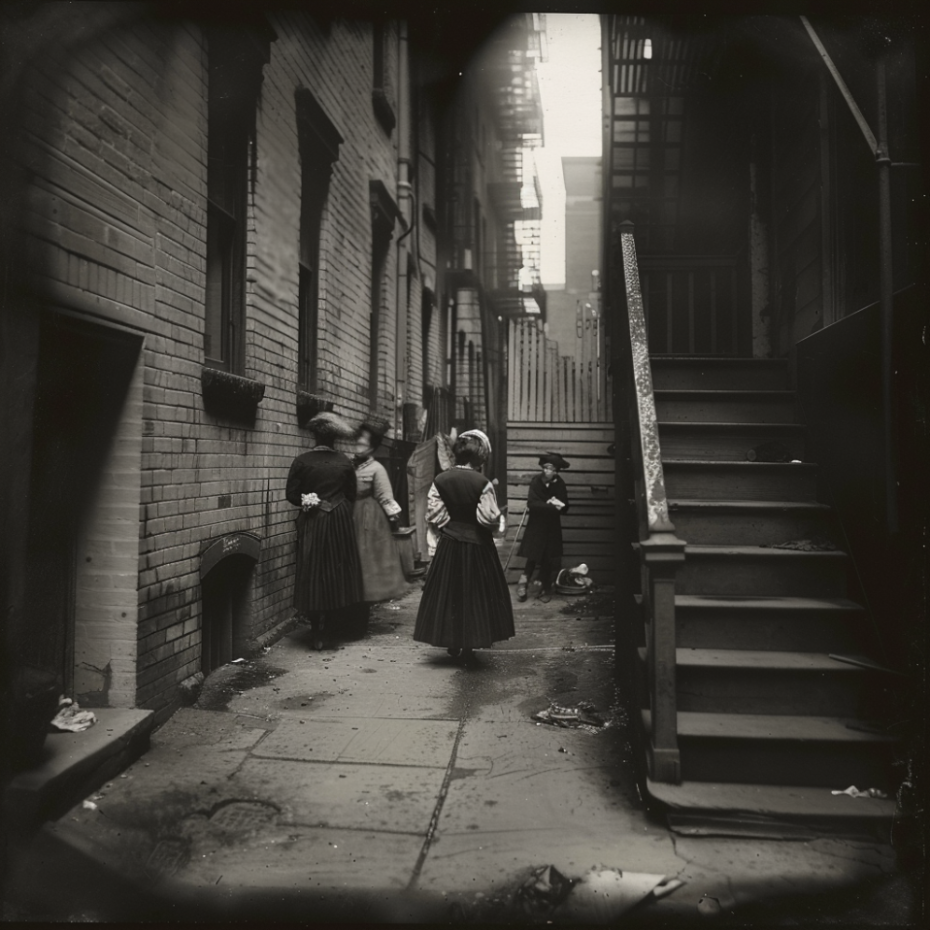
If you were a late 19th century sex worker, shoplifter, gangster, confidence artist, or petty thief, chances are your path would have crossed with the high priestess of misdemeanour, Old Mother (‘Marm’) AKA the ‘Queen of Fences’ Mandelbaum and her curated network of wickedly skilled criminal hostesses. Each of these crafty operators had carved out a lucrative niche for themselves in the American underworld, especially in New York’s buoyant and duplicitous Lower East Side.
The explosive expansion of New York City from 1820 created the perfect environment for gang culture. Awash with poor disgruntled immigrants, the different ethnic and language groups sought their own in the frenzied urban sprawl. Overcrowding, poverty, protectionism and identity glued this converging mass in the young city. And as ever, in turbulent times there are always those who’d spot a ‘business’ opportunity – and take advantage.
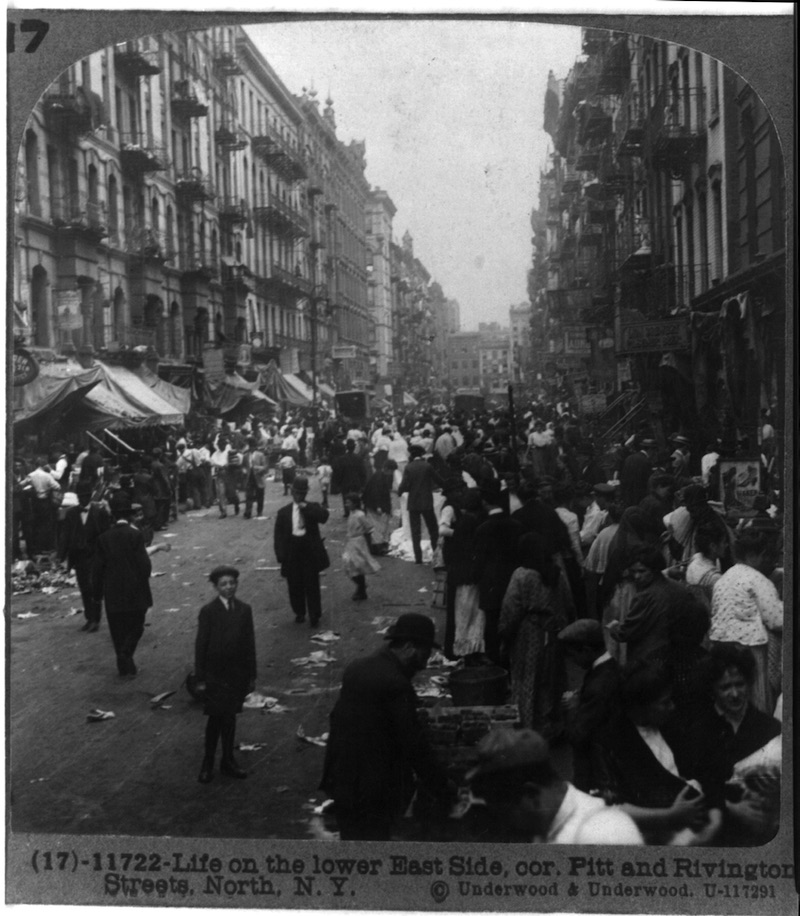
At the very centre of a matriarchal network in the city was Jewish-German immigrant Fredericka ‘Marm’ Mandelbaum (1825 – 1940). She was the notorious mastermind behind a criminal empire with services that ranged from daylight robbery to being a ‘fence’ for dealing in ‘swag’ or stolen goods, to more charitable causes like taking impoverished street children under her wing. Like the character of Fagin in Charles Dickens’ Oliver Twist, Mother Mandelbaum would transform these street urchins into artful dodgers, honing their pickpocketry and perfecting their petty thieving skills. For two and a half decades, she was the unrivalled maternal mothership of black market missions, the undisputed godmother of crime, with her overt and covert reach extending into the far corners of the USA, Canada and Mexico.
In 1884, the co-director of the Pinkerton National Detective Agency, Robert Pinkerton, said of Mandelbaum, “She is known at least by name to every thief and detective in the United States, and has received plunder from nearly every city in the country secured by traveling gangs of professional thieves.” For over two decades, Mother Mandelbaum was the go-to for receiving and laundering stolen goods. All this while operating from a modest shopfront on Clinton Street in New York’s Lower East Side, from where she’d innocently be peddling dry goods and haberdashery. The queen-pin of crime could comfortably afford the best legal assistance and also had the police force in her pocket.
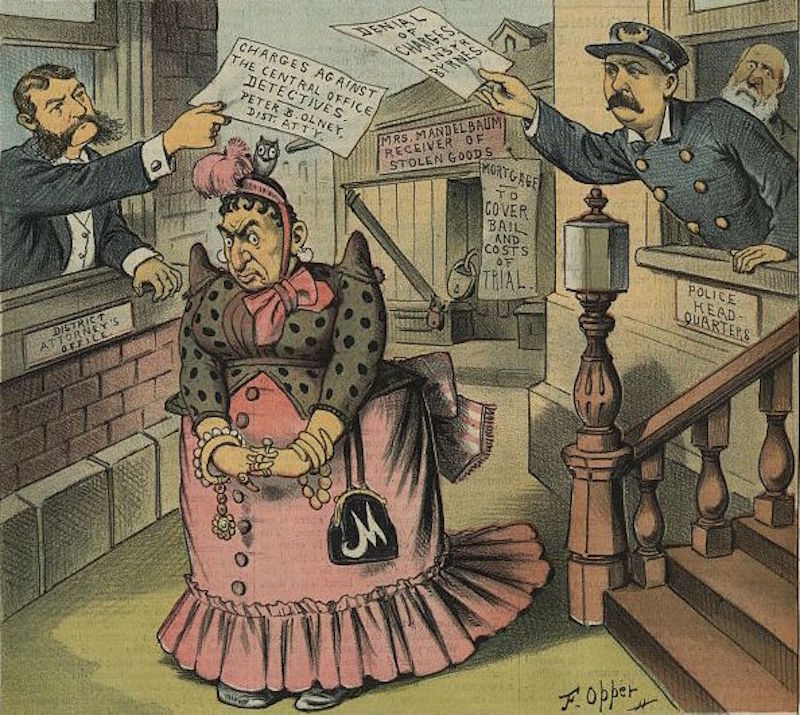
A naturally shrewd businesswoman with a gift for gaining, then exploiting, the trust and loyalty of her cadres, Marm Mandelbaum was mentor and dinner hostess to her congregation of A-lister female gangsters. She’d supply financial support, receive and dispose of ‘hot’ goods and even commission her faithful fellow female felons to pilfer desired merchandise. A one-stop-shop she was: agent, bank, laundromat, ‘mother’, confidante and agony aunt. She’d even cough up bail for these junior partners-in-crime when their fingers got burnt. An ingenious operator, Marm would cunningly profiteer from both their fate (she’d tax them double the expenses – and, let’s face it, morally they’d be in her debt forever) and their dubious loot (she’d take an extra-large cut on disposing of ‘hot’, compromised goods).
In the mid to late 1800s, New York was overcrowded and bursting out of its seams, its commercial heart exploding with businesses peddling their wares; there were grocers, tailors, haberdashery shops, sweatshops and merchants vying for trade on the bustling streets. This provided the opportunity of untold rich pickings for Marm Mandelbaum and her inner circle. Marm and her disciples certainly had an eye for quality goods. The textile industry was their playing field of choice, especially the cloth shops with their pricy silk fabric used for producing dresses, corsets, bow ties and handkerchiefs. Sealskin handbags, purses, jewels, gold and silverware were also at the top of the shopping list for these tricksters – high value items that were easy to resell, especially once the traceable labels and marks had been removed. Some of these lady villains even took to invading private property and family homes.
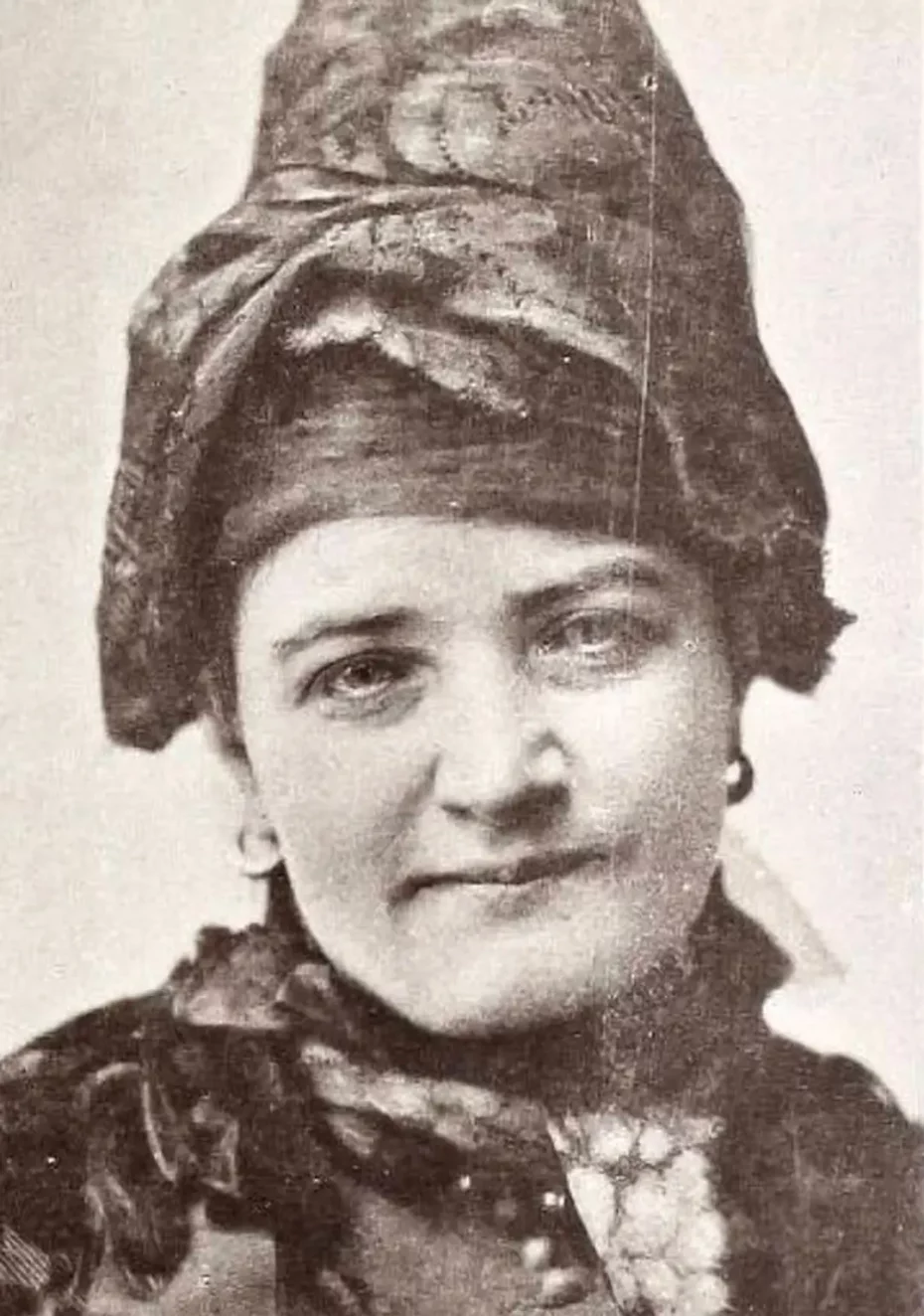
One of Marm’s fellow female underworld allies was Sophie Lyons (1848 – 1924), who arrived as an impressionable young Jewish-German immigrant to the USA. She was taught by her mother to steal and operated in the underworld together with her first husband, a pickpocket, Maudy Haris. She worked her way up the ladder and re-married to the ‘King of the Bank Robbers’, Ned Lyons, with the two spreading their net from New York city, Boston, Philadelphia and Detroit to Montreal. Not only a thief, pickpocketing, shoplifter and confidence woman, Sophy Lyons was also a superb actress, being able to ‘counterfeit every shade of emotion’. So connected was she within the criminal underworld that when Ned was sent to Auburn Correctional Facility, Sophie managed to get him transferred to the more relaxed Sing Sing Prison. However, hot on the heels of Ned, Sophie was sent to Sing Sing herself for shoplifting in 1871. But when Ned escaped in 1872, he helped Sophie escape too, and they fled to Canada with their children. An ironic family incident occurred when Sophie dragged her eldest son George to the magistrate’s for playing truant from school and demanded he be taken to a facility for delinquents, to which her son replied, “That woman is a thief and a shoplifter. I have seen her steal in Montreal and elsewhere.”
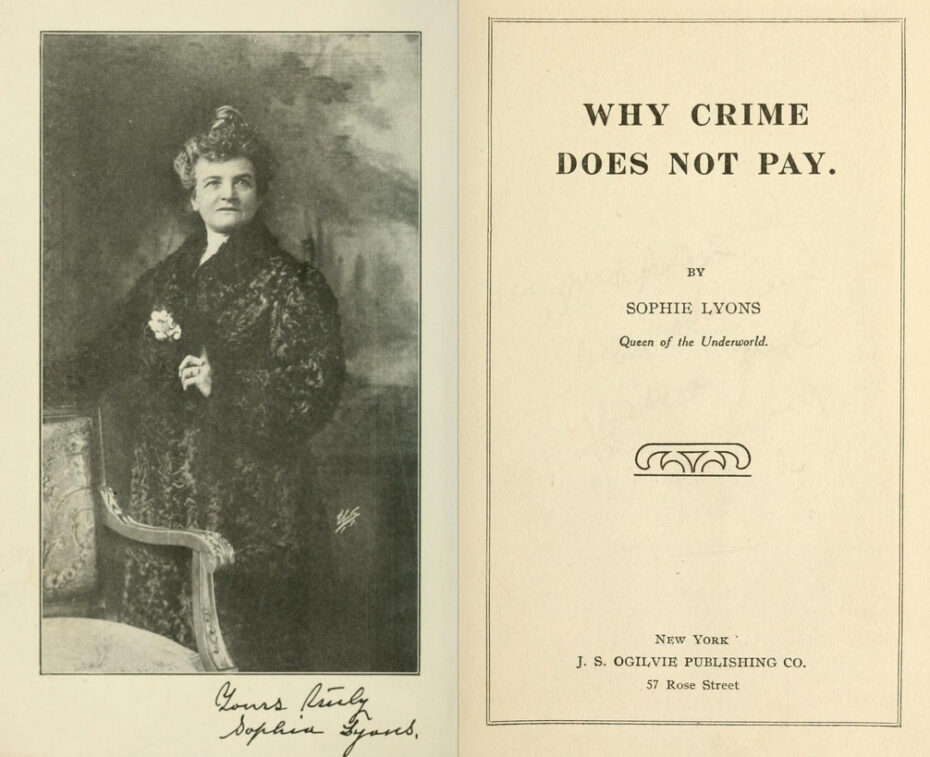
Sophie Lyons married her third husband, Billy Burke, in the 1890s and they operated as burglars around Detroit. Back in New York again in 1895, after a thieving incident in a dry goods store, she was to be remanded in custody, but her lawyer got her off the hook. She spent her later years rehabilitating youths and providing financial assistance for their families and even published an autobiography, Why Crime Does Not Pay (1913). She came to a sticky end when three men she let into her home in the hope of reforming them, crushed her skull. She died age 76.
A fellow gangster, ‘Little’ Annie Reilly (1844 – unknown) emigrated to the USA from Ireland and ensconced herself in the hotbed of rich pickings in New York city. A cunning, charming and intelligent confidence artist who spoke various languages, she was regarded as ‘the cleverest woman in her line in America’ and her speciality operating field was private and residential properties, where she’d gain the trust of the lady of the house or the proprietor, then fleece the family of high value jewellery. Part of Marm Mandelbaum’s sacred inner circle, Little Annie and the other female tricksters would socialise with Marm, with dinner party chat no doubt comprising the criminal conquests of each of the clique. Little Annie Riley would have many brushes with the authorities too; she’d be tried, convicted and serve jail time, in between resurfacing and continuing her career each time as a serial criminal. According to a book by Thomas F. Byrnes (1886), “As of 1886, she had stolen more property in the last fifteen years than any other female thief in the United States.”
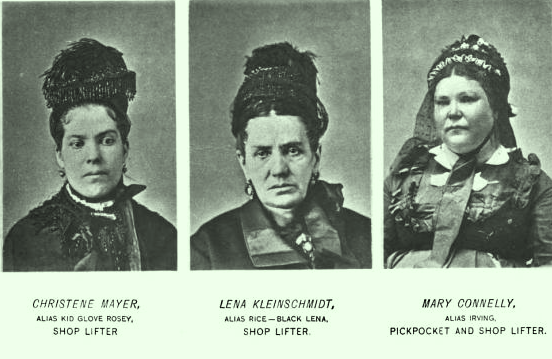
‘Black’ Lena Kleinschmidt (1835 – 1886), another German immigrant, was also a close ally of Marm Mandelbaum’s and a notorious confidence woman, jewel thief and shoplifter. Together with another notorious shoplifter, Kid Glove Rosey, (Christine Mayer) the pair was arrested while attempting to steal silk from a luxury store in New York. Like her fellow felons, Black Lena Kleinschmidt would be arrested, imprisoned, and released to continue her pattern as serial thief in between. She eventually landed up in New Jersey where she’d host lavish dinner parties in the style of her ‘godmother’ Mother Mandelbaum, while pretending to be the well-to-do widow of a South American mining tycoon. Kid Glove Rosey was convicted and sentenced to five years in prison after the silk theft episode with Black Lena Kleinschmidt.
A career criminal, Eliza Wallace (also known as Big Mary, Boston Mary, Eliza Gilford, Mary Anderson, Mary Rogers amd probably a few more names we don’t know about) was a protégé and close associate of Marm Mandelbaum. Stealing high-value silk was her preferred modus operandum. Between stints in Sing Sing Prison for stealing, she’d jump bail and eventually became a fugitive for over a year until she was tracked down in Philadelphia in 1869. So rampant were her pursuits that she was wanted for over half a dozen charges in Philadelphia while awaiting trial in New York.
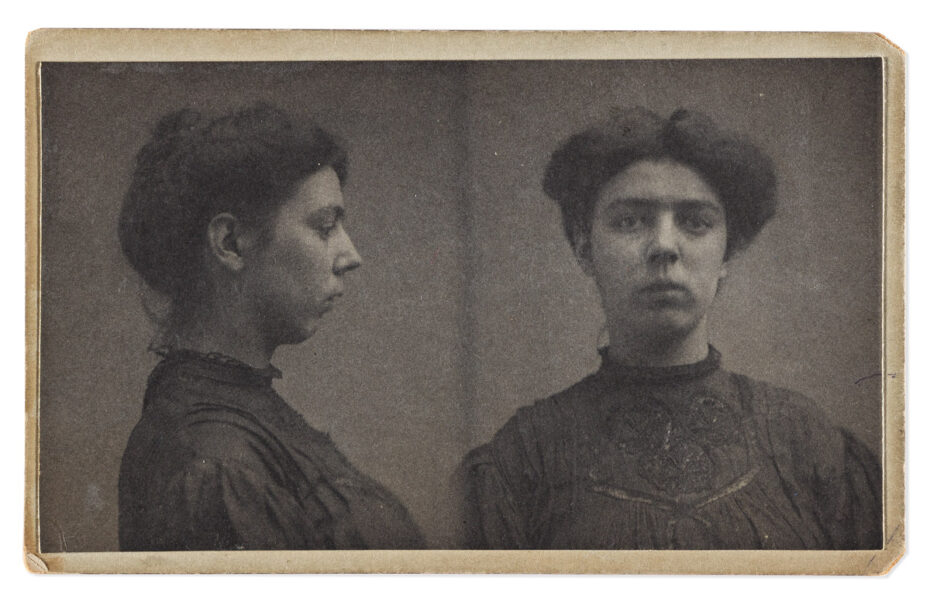
These were the queens of New York, a forgotten league of misfits who crafted legacies that blend infamy with a peculiar form of respect. These women navigated through the labyrinth of societal constraints and the male-dominated spheres of crime, establishing themselves as formidable leaders and pioneers in their illicit endeavors. Their stories, a complex tapestry of ambition, defiance, and survival, offer a fascinating glimpse into a shadowy facet of American history. Beyond their criminal exploits, they underscore a broader narrative of women’s struggle for agency and power in a world that sought to confine them to the margins. The tales of Mandelbaum and her fellow female gangsters serve not only as historical curiosities but as enduring reminders of the resilience and ingenuity of women who dared to carve their own paths, regardless of the legality of their pursuits.